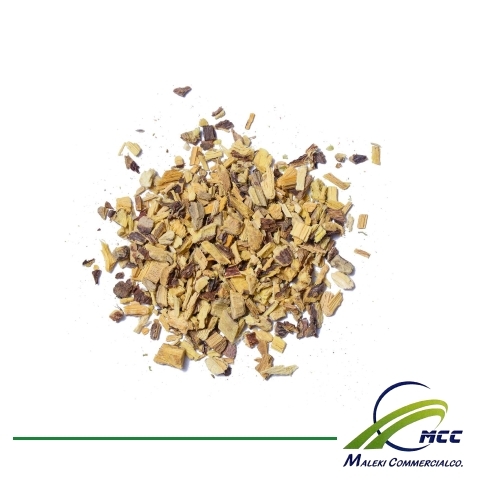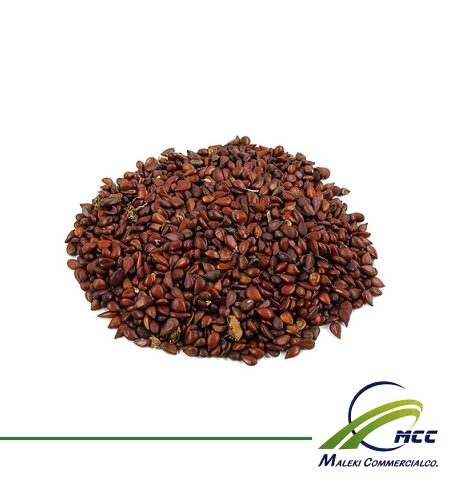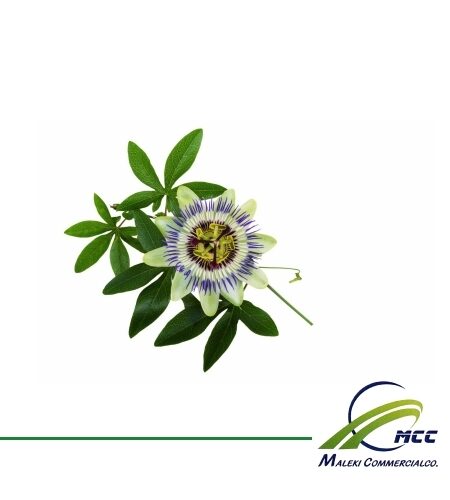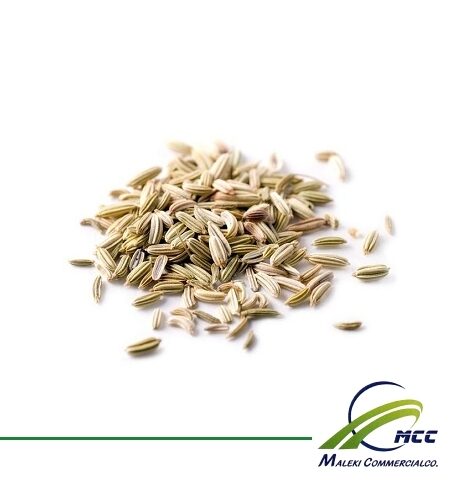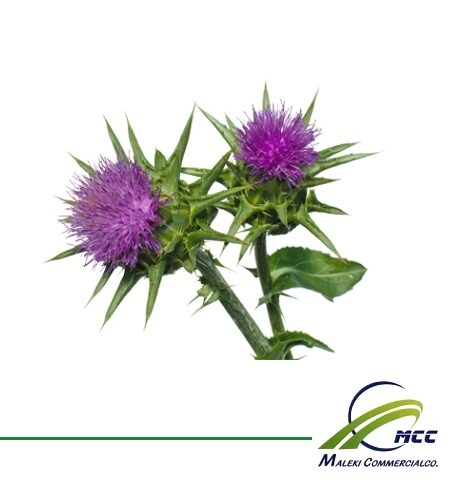Description
Plant names
Scientific name: Glycyrrhiza glabra L., Glycyrrhiza inflata Bat. & Glycyrrhiza uralensis Fisch.
Syn: Glycyrrhiza violacea Boiss.
Generic name: Radix Liquiritae
English names: Licorice, Liquorice, Spanish Liquorice, Common Licorice.
Farsi names: Shirin banan, Mok.
Arabic names: Shajar al-soos, Ghargh al-soos.
Plant specification
Plant family: Fabaceae.
Organs Used: Root and Radix.
Type of active substance: Licorice contains a variety of substances such as, flavonoids, saponoids, amino acids, sterols, gums, and starch. The effective ingredient in licorice is mainly a triterpenoid glycoside, glycyrrhizin.
Licorice health benefits: Licorice is taken by mouth for various digestive system complaints including stomach ulcers, heartburn, colic, and ongoing inflammation of the lining of the stomach (chronic gastritis). licorice is used for sore throat, bronchitis, cough, and infections caused by bacteria or viruses. Licorice is benefit for menopausal symptoms, osteoporosis, osteoarthritis, systemic lupus erythematosus (SLE), liver disorders, malaria, tuberculosis, high potassium levels in the blood, food poisoning, chronic fatigue syndrome (CFS), a condition in which there is too much muscle tone (hypertonia), abscesses, recovery after surgery, rash, high cholesterol. In combination with other herbs, licorice is also used to treat prostate cancer and the skin disorder known as eczema.
Geographic Distribution: Licorice is an herb that is native to the Mediterranean, southern and central Russia, and Asia Minor to Iran. Many species are now grown throughout Europe, Asia, and the Middle East.
Licorice export
Licorice export are easily done by us. contact us.
| Exporter of Medicinal Plants in Iran | Maleki Commercial Co |
|---|---|
| Phone | 989025791893+ |
| info@malekicommercialco.com | |
